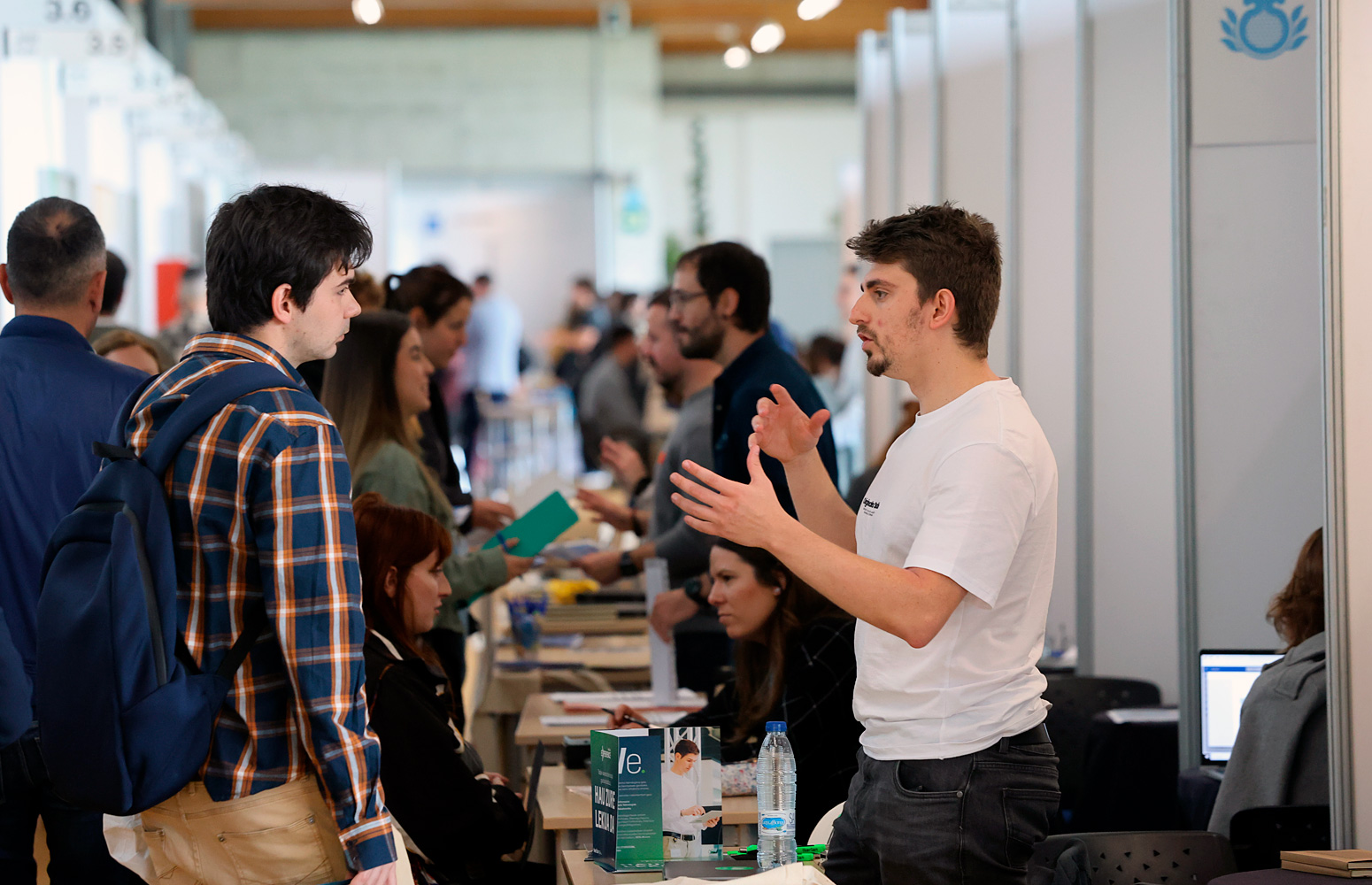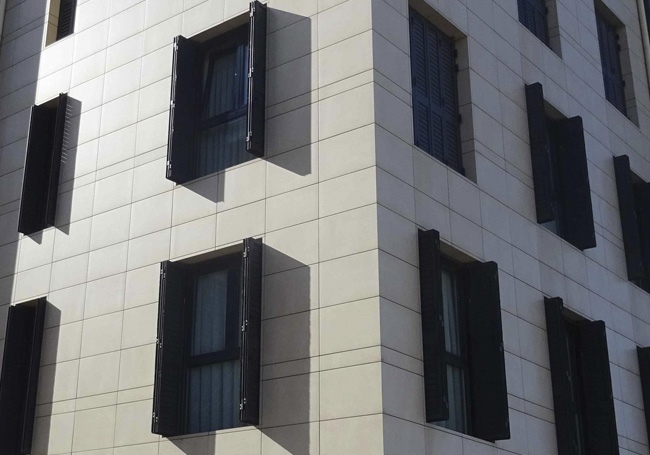Miguel Ángel Blanco-Rodríguez, a researcher in the UPV/EHU’s Department of Thermal Machinery and Engines, has explored how shutters influence the thermal behaviour of buildings and has designed a new model of shutter with insulation and thermal inertia.
-

Azukrea eta edulkoratzaileak. Zer jakin behar dut?
-
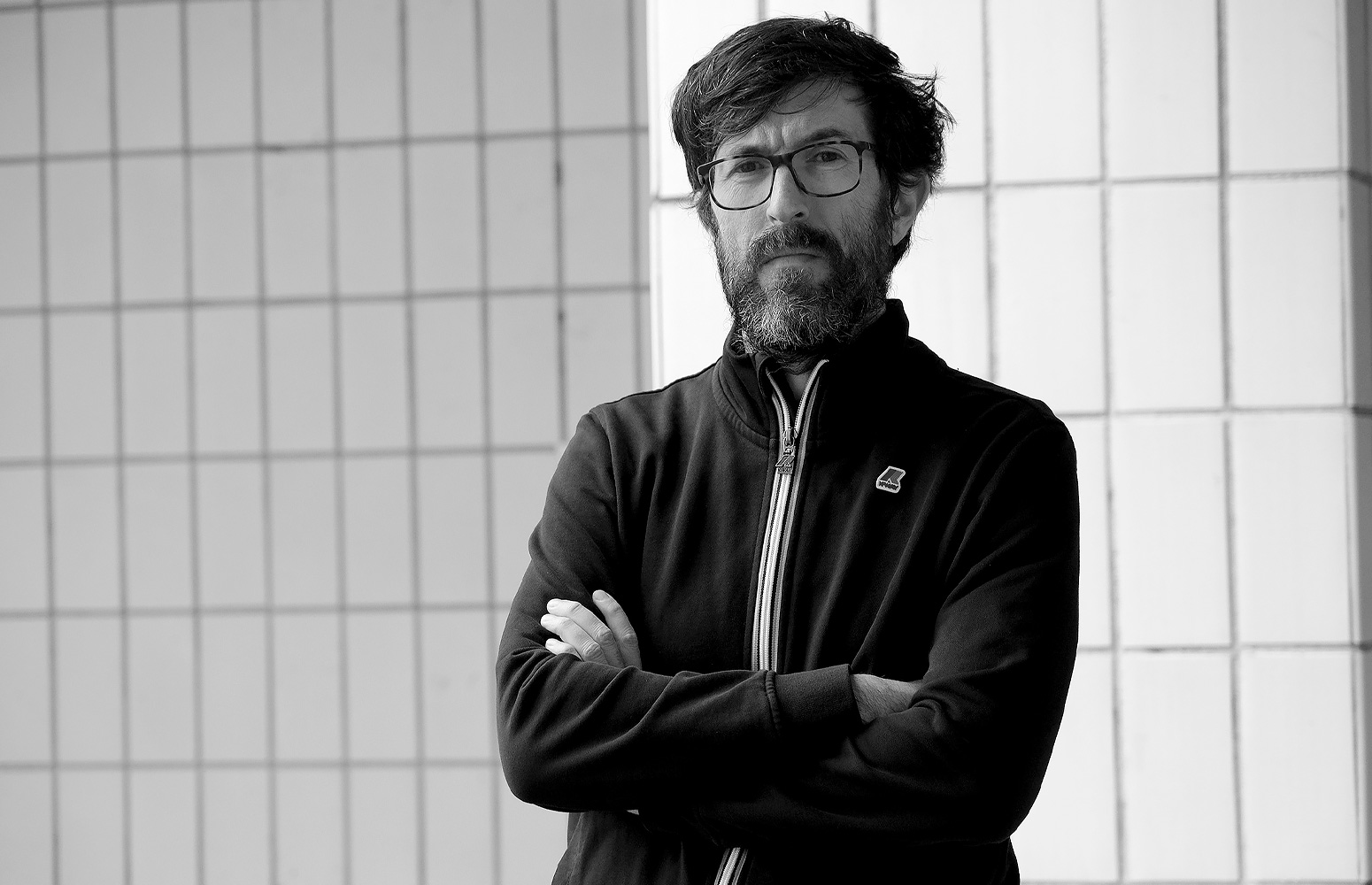
Athletic zuri ta gorria, zu zara nagusia, baina zertan? Gizonezko futbol profesionalaren gaitasun (im)mobilizatzaileari buruzko hausnarketa soziologikoa
-

Unibertsitateko elikadura ingurune osasungarriago baten bila
-

Iñigo Ugedo Vicario: «Modu aktiboan parte hartuko dugu unibertsitateko aldaketa prozesuetan»
-
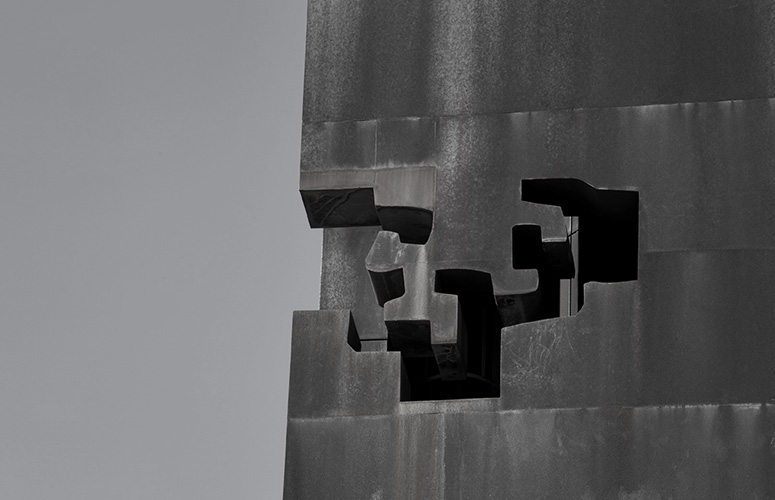
UPV/EHUko Gobernu Kontseiluak “Palestina laguntzeko manifestua Gazako hondamendi humanitarioaren aurrean” izeneko adierazpena onartu du
A new model of shutter capable of storing energy is designed
The shutter has a huge potential for saving energy and improving a building’s energy efficiency, according to a study by the UPV/EHU-University of the Basque Country
- Research
First publication date: 18/01/2018
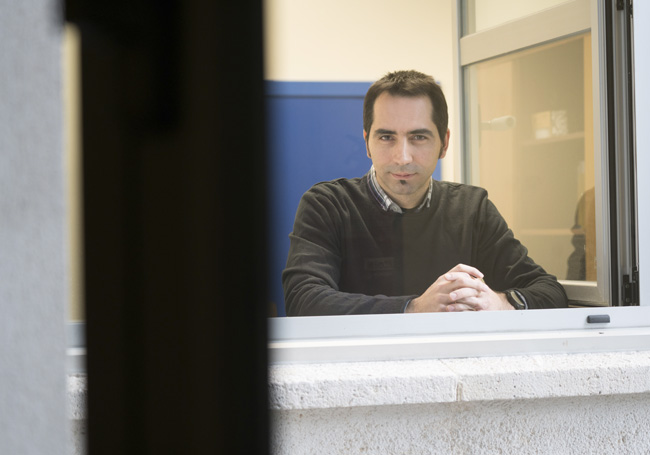
The promoting of energy efficiency in the policies developed by the European Union in recent years has been driving the study of the components that comprise the thermal envelope of buildings. The aim is to reduce their energy consumption and achieve the objective of constructing buildings with almost zero consumption and even as net producers of energy. In this context, “the study of construction components that may offer an improvement in the energy efficiency of buildings and which until now have not been sufficiently studied, such as the case of the shutter, is of particular interest,” said Miguel Ángel Blanco, the author of the study.
“Even though the existing regulations include some references and analytical equations to quantify the influence of this component, they are restricted to the stationary regime and their specifications are not sufficient to accurately characterise their thermal behaviour. With respect to the dynamic regime, there are hardly any references and they are limited to studying very specific cases that cannot be extrapolated to other kinds of solutions,” explained Blanco.
This research focussed on the study of the thermal behaviour of shutters both in the stationary regime –the interior and exterior temperatures of the building are fixed– and in the dynamic regime –there are certain changes in temperature–. “The stationary regime is an idealization of a specific moment; what is usual and the behaviour closest to the real one is the dynamic regime, since the exterior temperature is constantly changing,” said the UPV/EHU researcher.
In any case, various parameters relating to the geometric or thermal configuration of the shutters of the building where they have been fitted were assessed for the purpose of evaluating how far each one of them exerts an influence; this was done by using numerical methods as well as energy simulation tools for buildings.
A new model of shutter
The analysis is not restricted to the shutter itself, it also deals with the effects caused by the adjacent elements, such as the thermal bridges of the window. "Thermal bridges tend to be less insulated areas, so they increase not only heat losses but also the risk of the appearance of condensation and damp patches,” explained Blanco. “Having a shutter reduces the heat losses, since it insulates the thermal bridges associated with the window and lowers the risk of condensation and damp patches,” he added.
The conclusions drawn from the results of these studies establish the bases for a new shutter design that uses different resources, both when open and when closed, with a view to reducing a building’s energy demand as far as possible. “It’s a new model of shutter capable of storing energy during the day when open, before going on to releasing it to the building at night,” stressed Blanco. “If we fit shutters of this type to a building that does not have very efficient windows, the reduction in the demand for energy that is achieved is greater than if we were to replace the windows by some new, very efficient ones,” he added.
In view of the results obtained, the researcher added that “in the short term the ideal thing would be to conduct a real test to validate these theoretical results, and then to transmit to the building sector the importance that a shutter could have in improving energy efficiency”.
Additional information
This research was conducted within the framework of the PhD thesis by Miguel Ángel Blanco-Rodríguez (Barakaldo, 1977), entitled Diseño de un sistema de contraventanas con aislamiento e inercia térmica. Optimización energética mediante análisis paramétricos y evaluación de su influencia en la demanda energética de edificios. [Design of a system of shutters with thermal insulation and inertia. Energy optimization by means of parametric analyses and their influence on the energy demand of buildings]. It was supervised by Dr Jose María Sala-Lizarraga, Professor of the UPV/EHU’s Department of Thermal Machinery and Engines, and Dr Koldobika Martín-Escudero, assistant lecturer in the same department.


